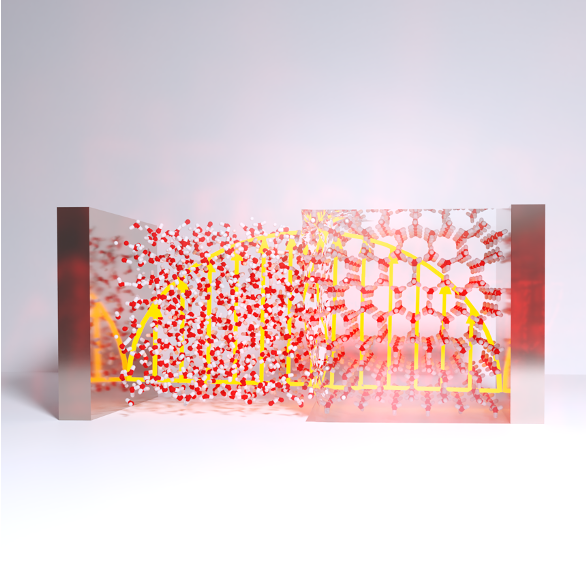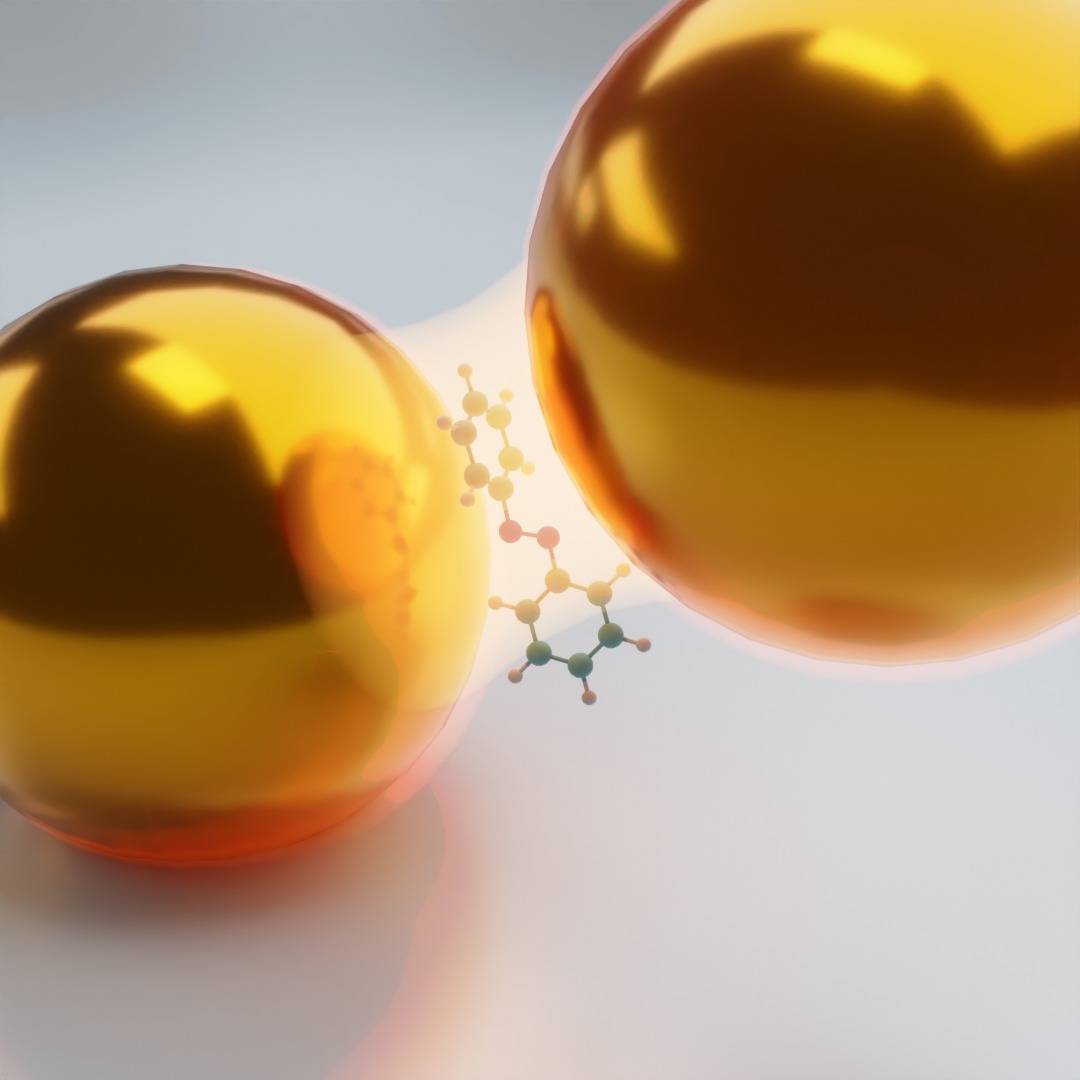

Our research exploits quantum light–matter interactions to tailor the properties of both matter and light. We develop theoretical and computational methods to simulate a wide range of important—and sometimes exotic—physical and chemical phenomena induced by these interactions, providing microscopic insight into the quantum-dynamical interplay of photons, phonons, and electrons. Leveraging these insights, we devise strategies to tune and control matter for practical applications in chemical synthesis, solar energy conversion, neuromorphic computing, and quantum information science.
Here is a review to get you started:

Coupling matter to quantized radiation inside optical cavities leads to the formation of polaritons, light–matter hybrid quasiparticles, which enable exciting new chemical and physical phenomena under highly controllable conditions. We design and study strategies to modify matter’s physical and chemical properties at macroscopic (collective) scales by strongly coupling matter with quantized light, and we develop new computational approaches to predict and analyze these cavity-modified phenomena.

As light–matter quasiparticles, polaritons combine the strengths of classical devices and quantum technologies: their matter component enables nonlinear interactions suitable for computation, while their photonic component supports efficient information transport by suppressing decoherence and dephasing. We leverage the coupled dynamics of electrons, photons, and nuclear motion to develop transistors, classical logic gates, quantum logic gates, frequency converters, and analog quantum simulators.

In plasmonic chemistry, illuminated metal nanoparticles can substantially alter chemical reactivity. Yet, despite decades of study, the field still lacks a clear, mechanistic understanding of the principles governing plasmonic catalysis. We are developing a general quantum-dynamics framework—making no a priori mechanistic assumptions—by integrating quantum chemistry, quantum dynamics, and quantum optics. Our goal is to discover strategies for quantum sensing and to unlock new reaction pathways.